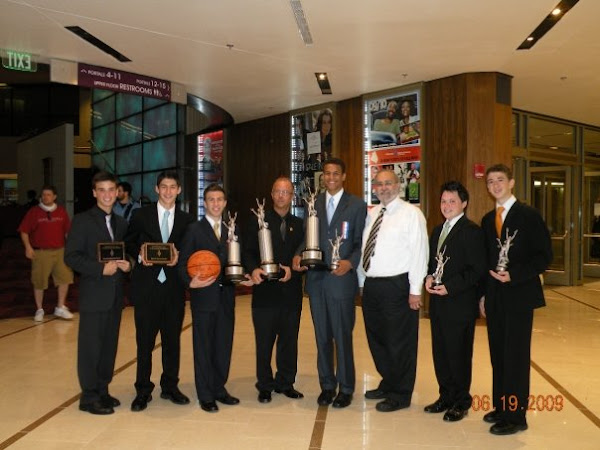The look of love is in your eyes.
The eyes are the window to the soul.
Eye contact says a lot about your self confidence and outward concern for others.
It also is a sign of belief: having an "I mean it" look in your eyes will often close the deal.
If you do not look your interviewer in the eye, chances are you will not be hired.
So, what problems do we have with eye contact?
First, we tend not to look people directly in the eye; instead our eyes hazily meander from the back wall, to the floor, with maybe a sneak peek at one person's face.
Here's my advice: pretend that your audience consists of children who are tearing up, and in need of your help and reassurance. When I see a kid in trouble, I look wide-eyed at the cherub, and my eyes make a direct and prolonged connection with his or her eyes.
Here's another piece of advice: when talking with people look at their eyes to see exactly what color they are. If you reduce eye contact to an interesting study, you focus any nervous energy you have on that ask, and the twitchy eye contact goes away.
Second, we tend to only look at people and not look into people. What does this mean? Well, if I am just sending out the message to people's faces, I am missing out on what's more important: my concern that they understand and appreciate what I am saying. SO, when you make eye contact, you are saying, with your eyes, do you follow? do you see? do you understand?
Here are some general rules of thumb:
1. Look at someone, eye to eye, for the length of a phrase/thought. A phrase is like a punch: for a punch to land it must follow through. So, I begin looking at Joe's eyes, and I finish the phrase while still looking at Joe's eyes. Then, I move to another's eyes, as I begin a new phrase.
2. When you are ready to engage person number two, easily change your gaze to number two's eyes, and accompany that change with some sort of new facial expression.
3. During the silence after you deliver an important phrase, make eye contact with several people in the audience, as if saying: do you believe what I just said?
4. If your eyes tend to freeze up in panic, pretend that a little puppy is licking your face, or that you are holding a smiling gurgling baby in your arms. The images will loosen you up. Also, doing a line by line tone analysis will give you emotions to express, and this will automatically unglue the frozen look.
More on this later:)

